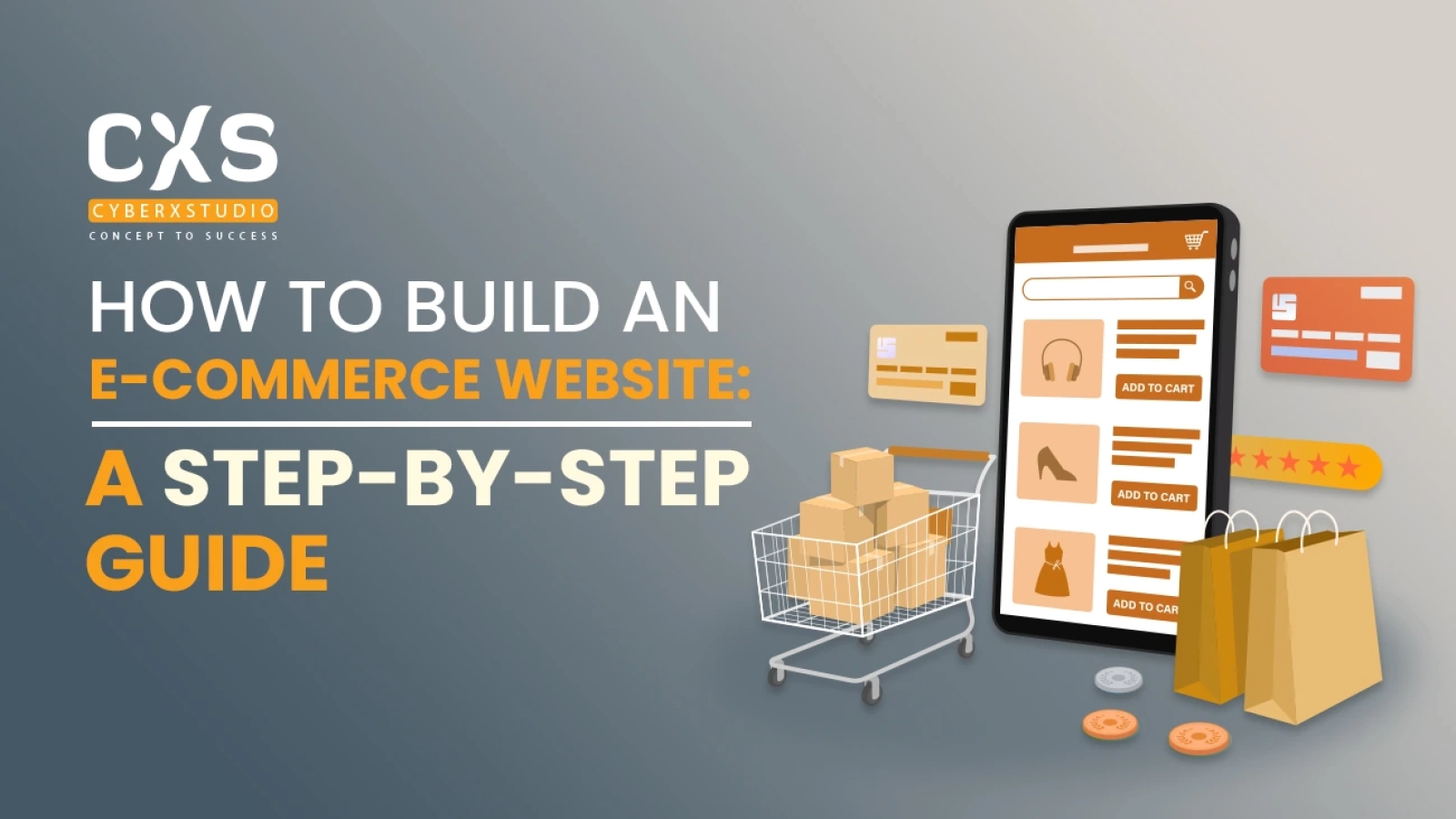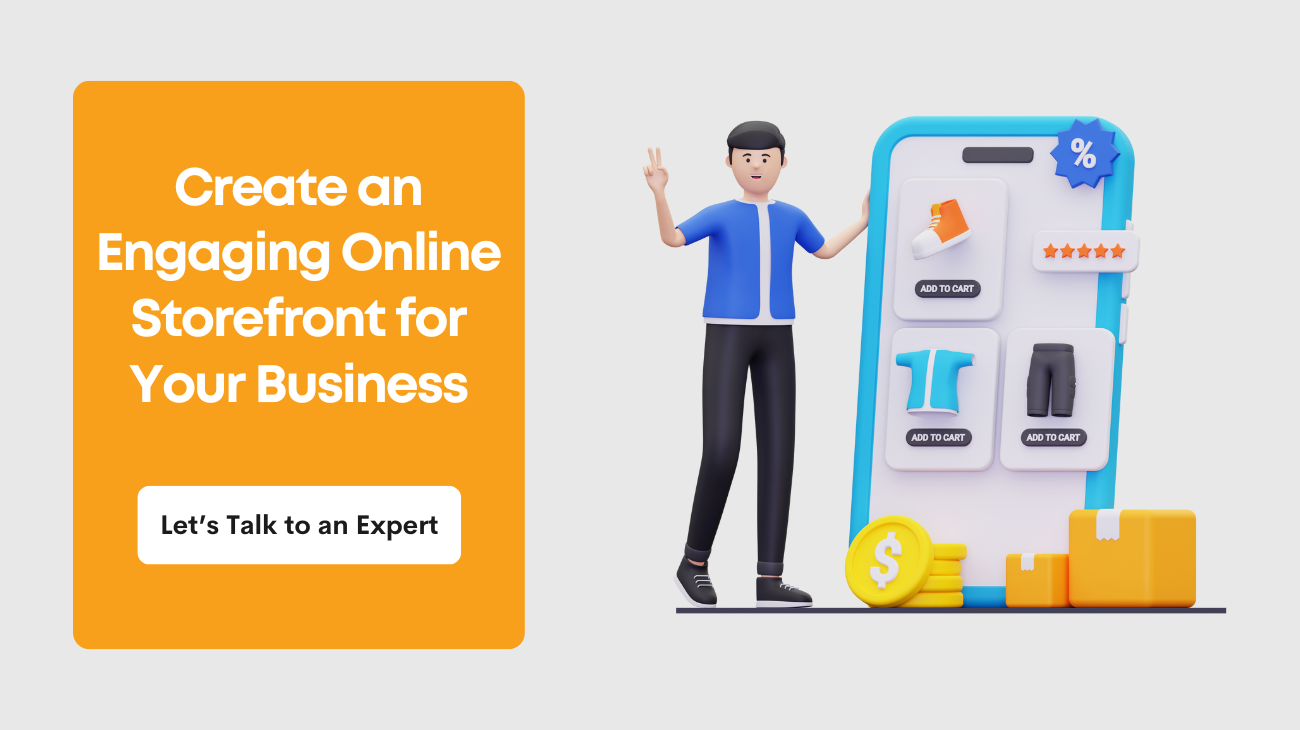Choosing the right platform for your website is a critical decision that impacts your online presence, user experience, and business growth. Here’s a comprehensive comparison of custom website development and WordPress to help you make the best choice.
Custom Website Development vs. WordPress: Detailed Comparison
| Feature | Custom Website Development | WordPress |
|---|---|---|
| Flexibility | Fully customizable; no limitations on functionality or design. | Limited to the capabilities of themes and plugins unless heavily customized. |
| Cost | Requires a higher initial investment but offers long-term benefits. | Cost-effective, especially for small websites or blogs. |
| Scalability | Can scale to accommodate any level of growth, from small businesses to large enterprises. | Scalable to a certain extent, but plugin or hosting limitations may hinder performance. |
| Ease of Use | Requires a dedicated developer or technical knowledge for changes. | User-friendly dashboard suitable for non-technical users. |
| Design Options | Offers unique, tailored designs for a completely custom user experience. | Relies on pre-designed themes that may need customization for uniqueness. |
| Maintenance | Requires ongoing developer support for updates and fixes. | Simplified updates managed through the WordPress dashboard. |
| Security | High-level, custom-built security tailored to the website’s needs. | Security depends on the quality of plugins, themes, and hosting provider. |
| Development Time | Longer development time due to custom coding. | Faster setup with pre-built themes and plugins. |
What Is Custom Website Development?
Custom website development involves building a website from scratch, writing unique code tailored to your specific requirements. This approach is often used for businesses with complex needs, unique functionalities, or a focus on branding.
Advantages:
- Tailored Solutions: Every aspect of the website is designed to match your business goals, ensuring a unique experience for users.
- Optimized Performance: Custom coding eliminates unnecessary features, resulting in faster loading times and improved performance.
- Scalability: Easily adaptable to support future growth, additional features, or a surge in traffic.
- Enhanced Security: With no reliance on third-party plugins, security vulnerabilities are minimized.
Disadvantages:
- Higher Initial Cost: Development costs are significantly higher than ready-made solutions.
- Time-Consuming: Custom websites require more time to design, develop, and test.
- Dependency on Developers: Requires professional support for updates and changes.
What Is WordPress?
WordPress is a popular content management system (CMS) that powers over 40% of websites worldwide. It provides an easy-to-use platform with themes, plugins, and a user-friendly interface, making website creation accessible to all.
Advantages:
- Quick Setup: Pre-built templates allow for fast website creation, making it ideal for tight deadlines.
- Budget-Friendly: Minimal upfront cost, with free and premium themes/plugins available.
- Extensive Plugin Ecosystem: Plugins extend functionality, covering everything from SEO to e-commerce.
- SEO-Friendly: Built-in features like permalinks, metadata, and plugins like Yoast improve search engine visibility.
- Community Support: A large community offers resources, tutorials, and troubleshooting tips.
Disadvantages:
- Limited Customization: Complex requirements may necessitate additional coding or premium plugins.
- Performance Issues: Heavy reliance on plugins can lead to slower load times.
- Security Risks: Vulnerabilities arise from outdated or poorly coded plugins and themes.
Need a Custom Website or WordPress Expertise
Custom Website Development vs. WordPress: Which Is Right for You?
Choose Custom Website Development If:
- You need unique, complex features or advanced functionality.
- Branding and user experience are top priorities.
- Scalability and robust performance are essential.
- Your business operates at an enterprise level or requires high-end e-commerce solutions.
Choose WordPress If:
- You’re a small to medium-sized business or individual with a limited budget.
- You need a website quickly without heavy customizations.
- Managing the website yourself without technical expertise is important.
- Your business primarily needs a blog, portfolio, or standard e-commerce site.
Use Cases: Custom Development vs. WordPress
Custom Development:
- Large e-commerce stores like Amazon with unique features.
- Enterprise-level applications needing integration with CRM or ERP systems.
- High-traffic websites where performance is a critical factor.
WordPress:
- Personal blogs or small business websites.
- Portfolio sites for creatives like photographers and designers.
- Informational websites or small-scale e-commerce with limited product catalogs.
CyberX Studio is a leading digital solutions provider specializing in website development services tailored to meet diverse business needs. From building custom websites to enhancing WordPress platforms, we deliver cutting-edge solutions that combine functionality, aesthetics, and performance. Our team ensures your website not only stands out but also drives measurable results, helping your business achieve its digital goals effectively.

































